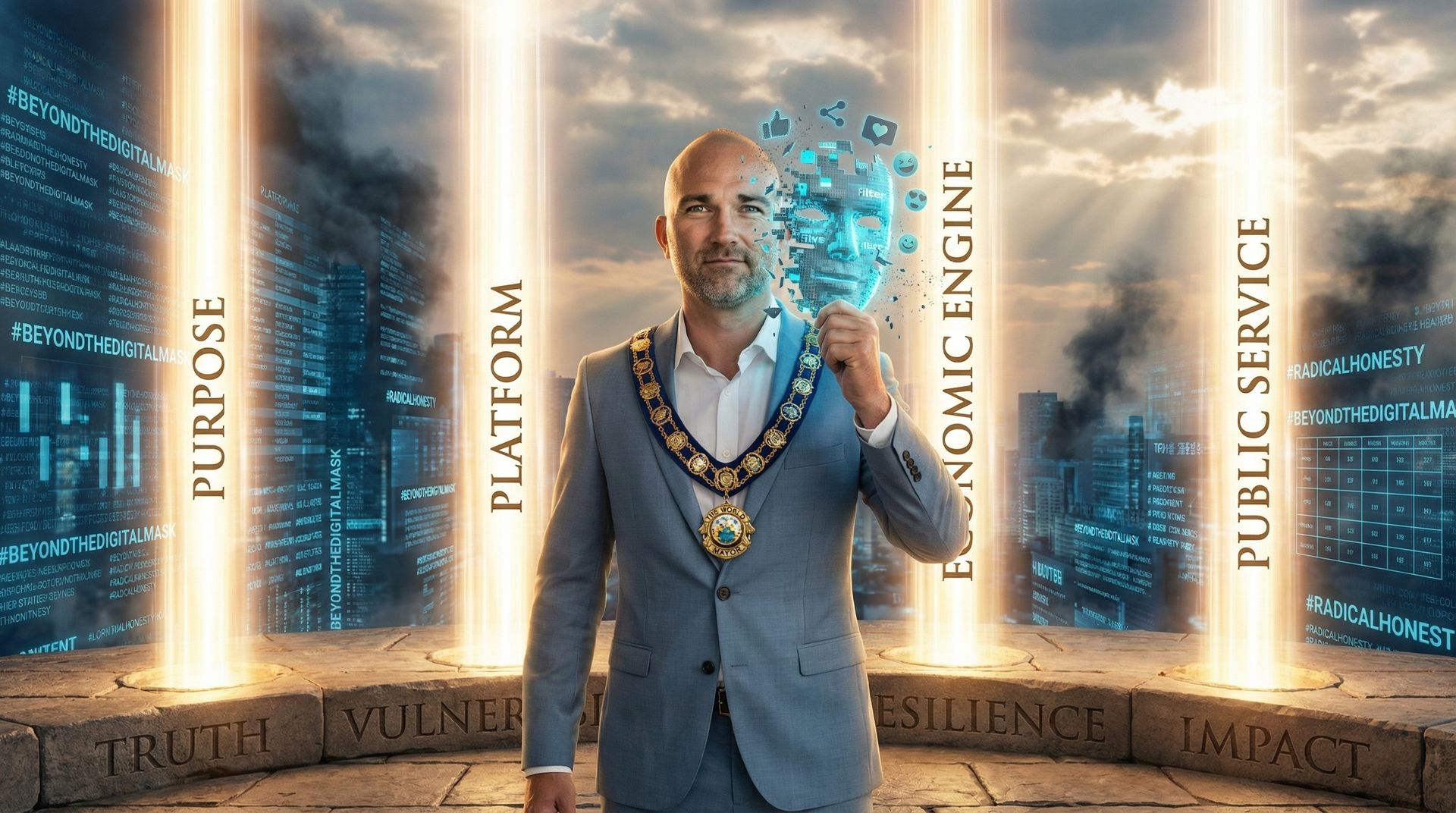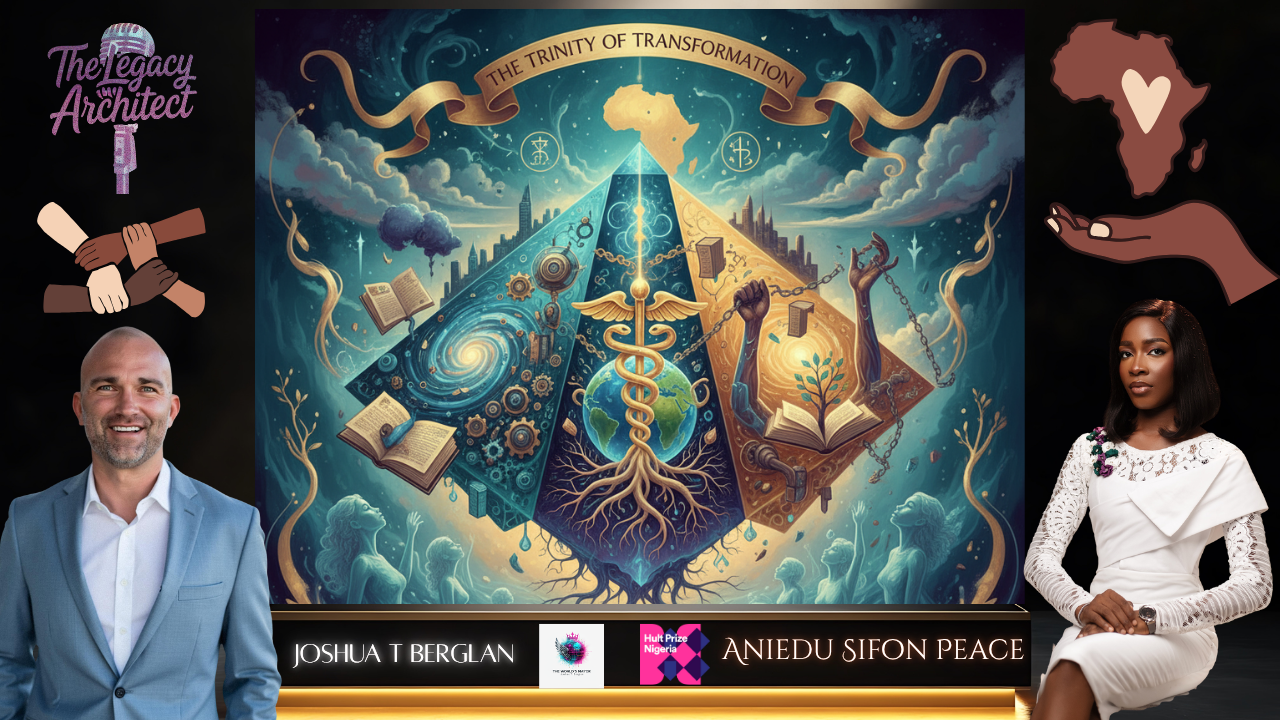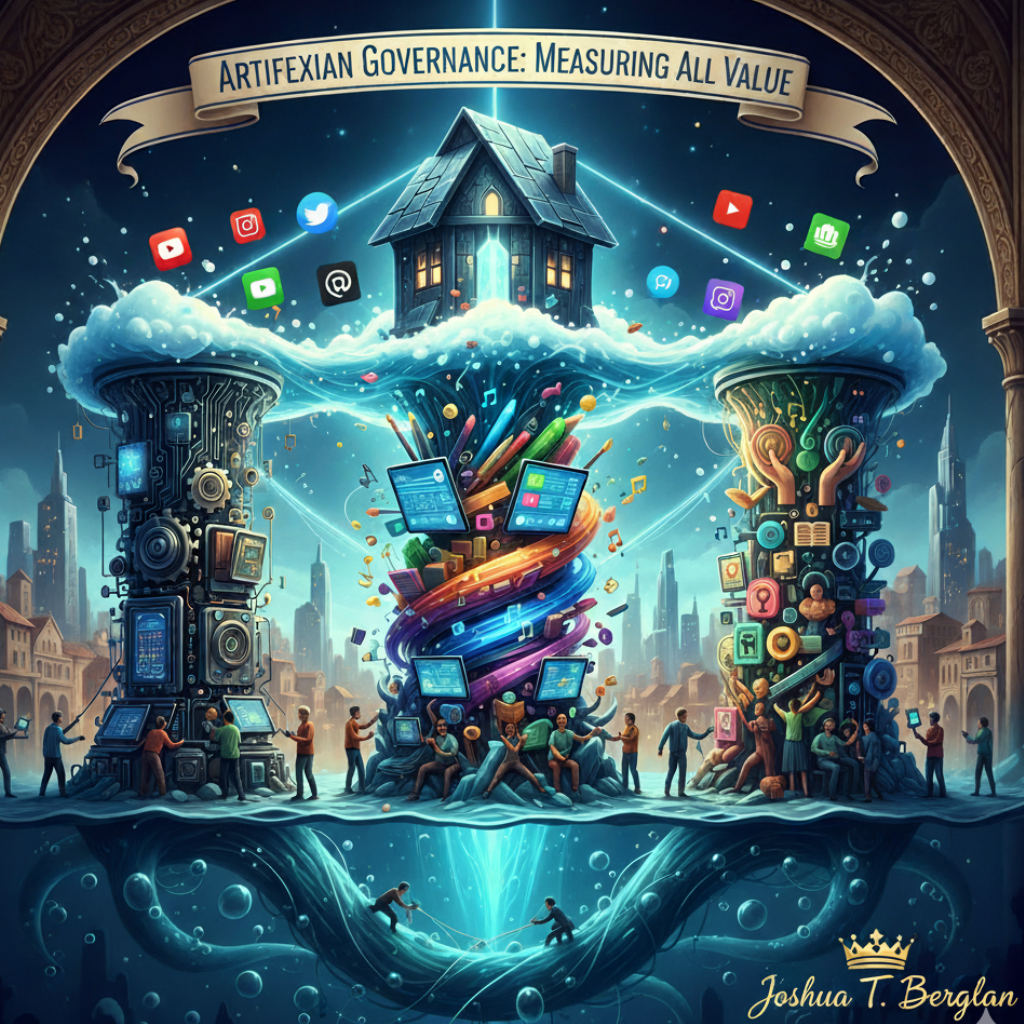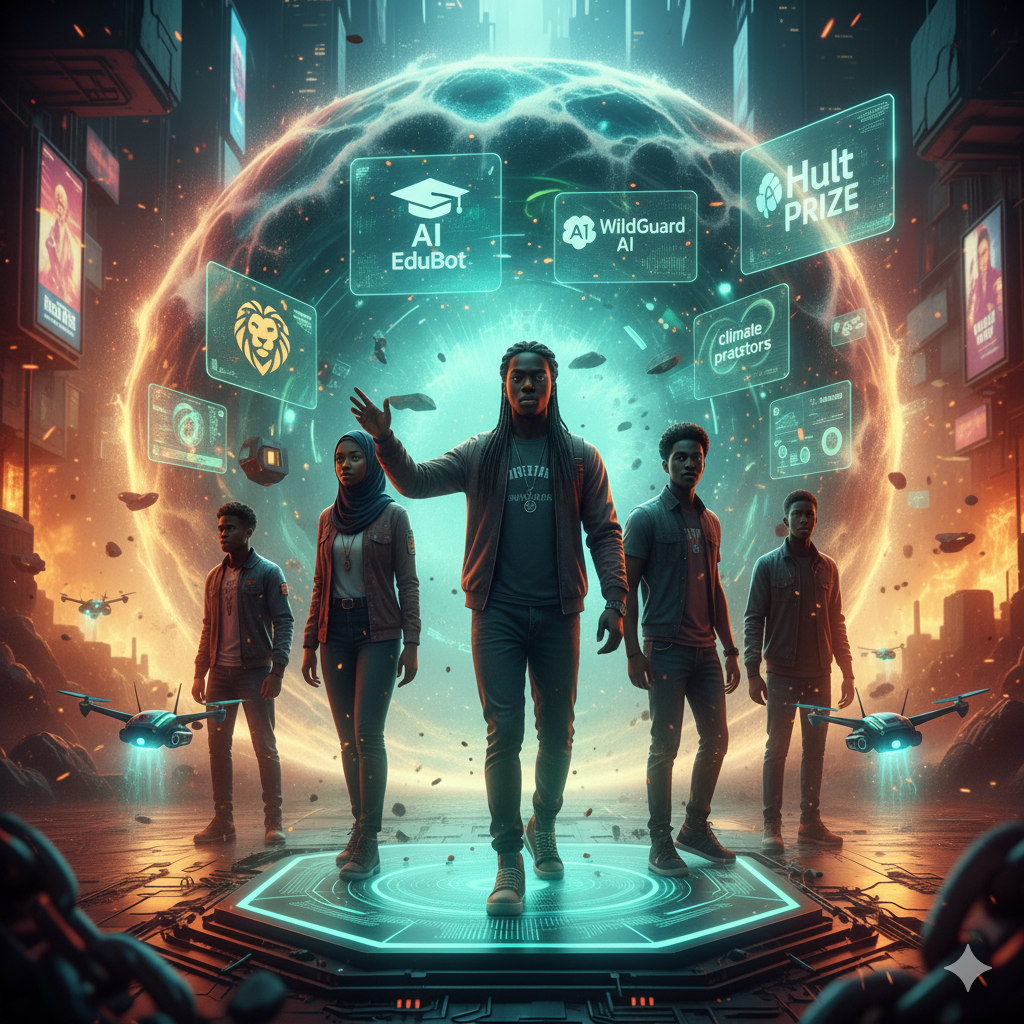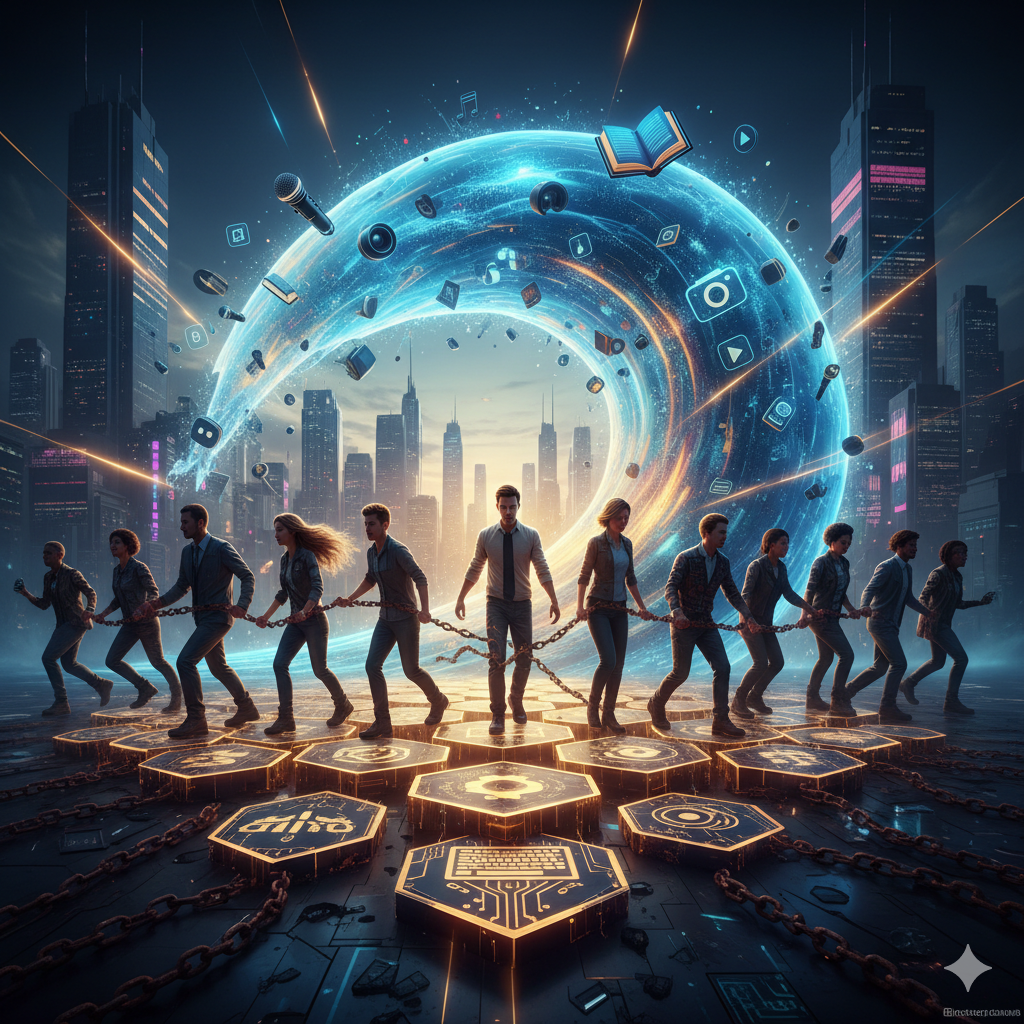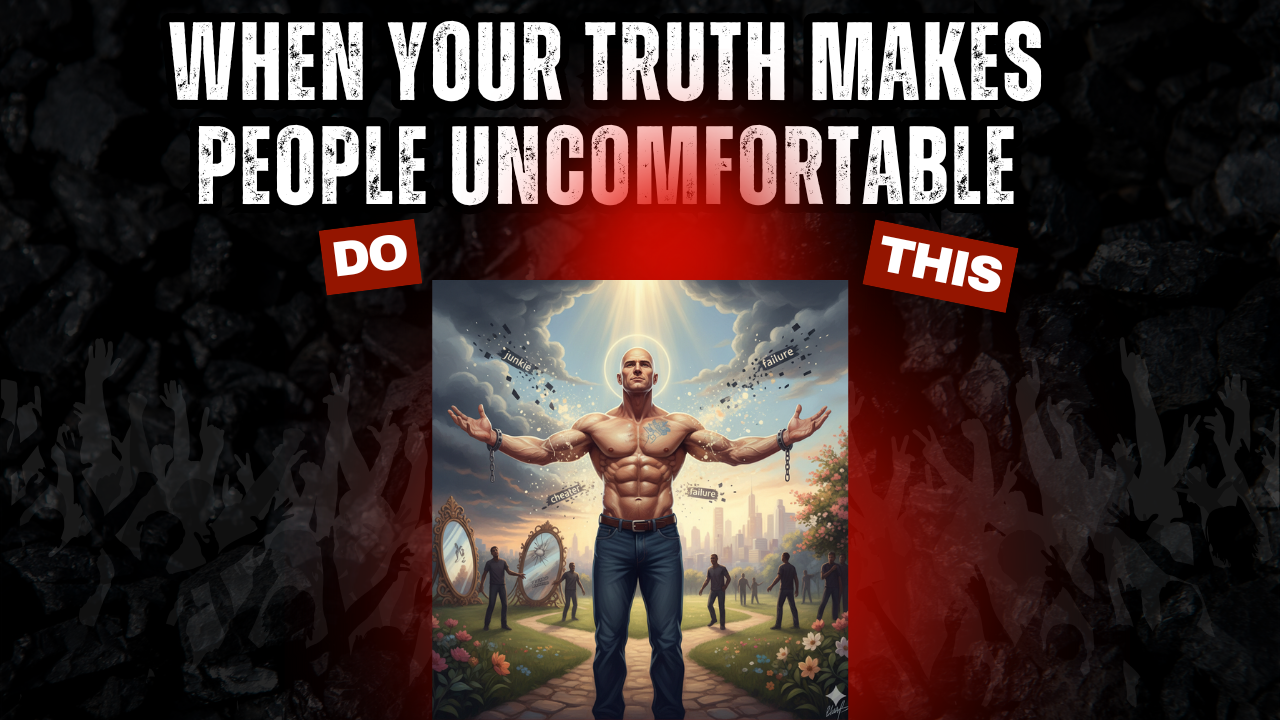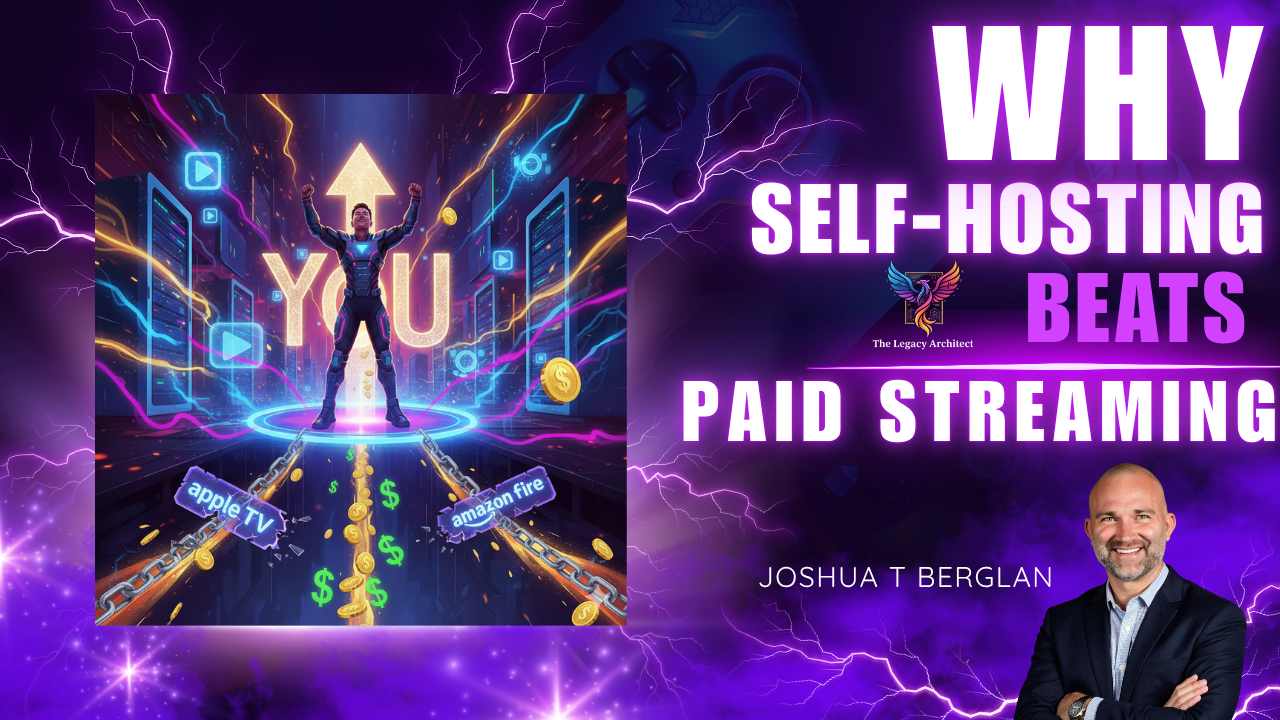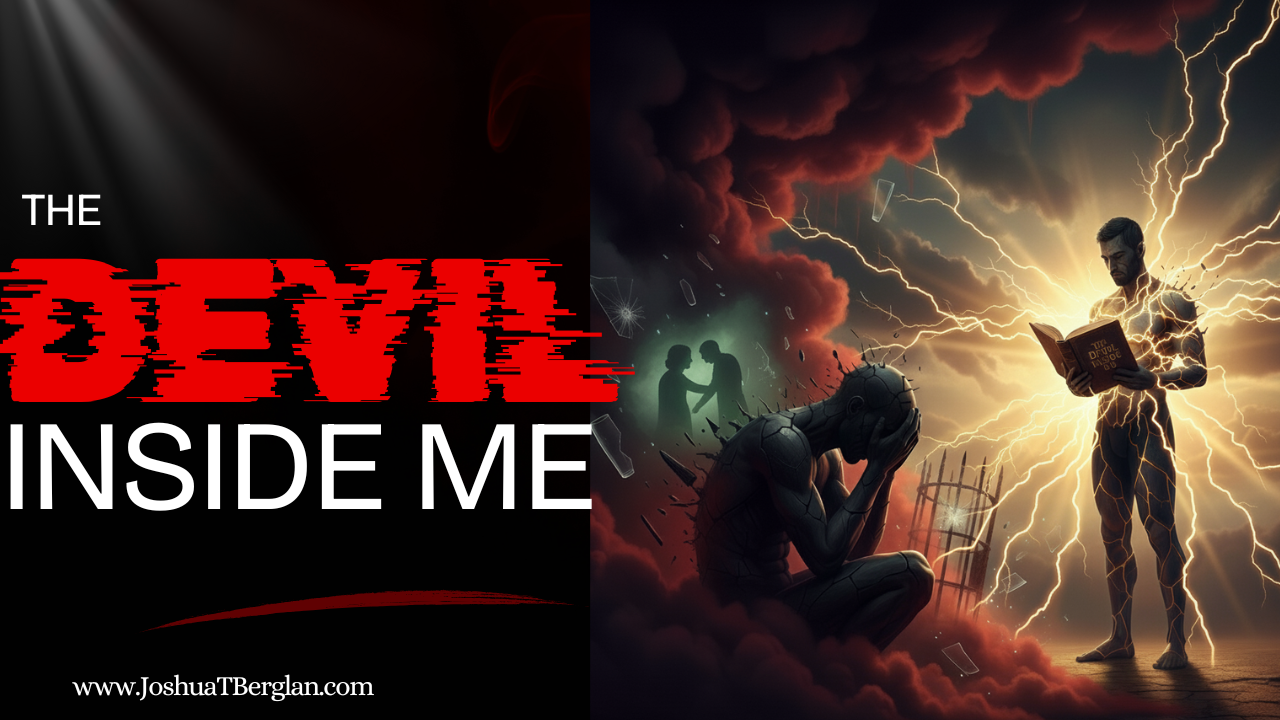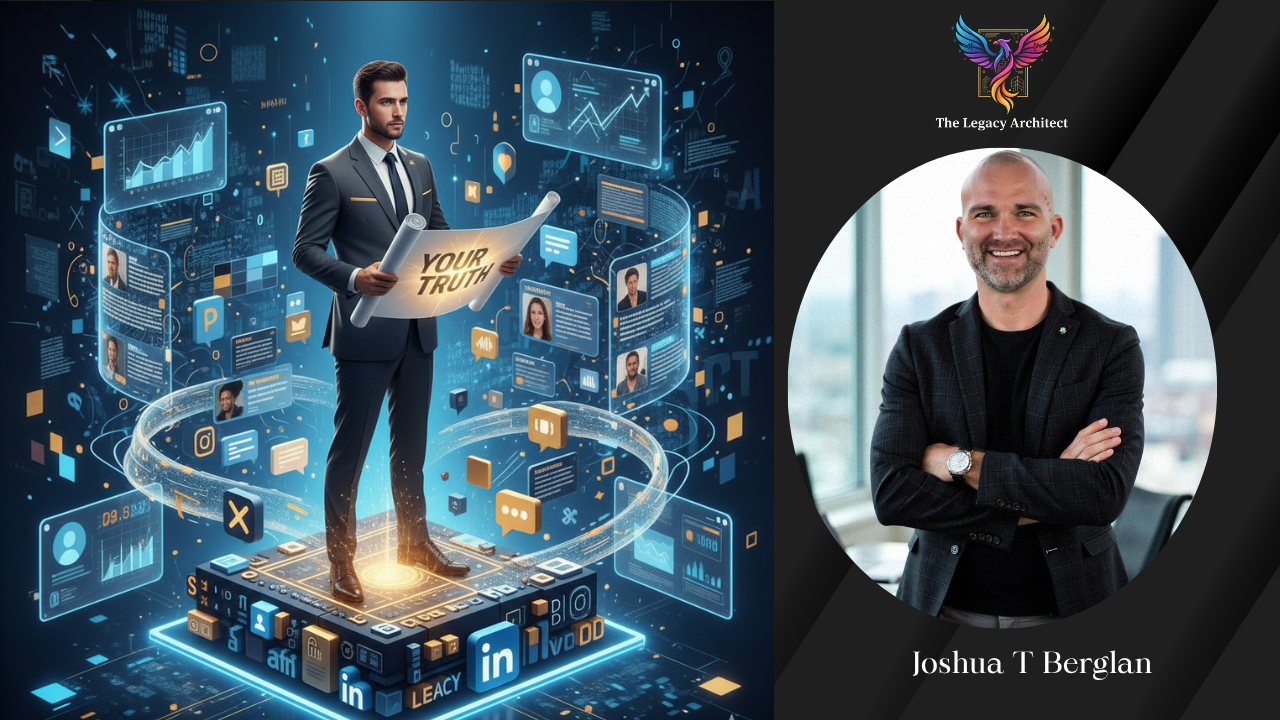Introduction: The Disruption of Centralized Media
The world is currently navigating a period of unprecedented technological and societal transformation known as the Fourth Industrial Revolution (4IR). This is not merely an extension of the digital age but a fundamental restructuring of economic and social systems, driven by a convergence of digital, physical, and biological technologies. The media industry stands at the epicenter of this disruption. According to analysis from the World Economic Forum, the 4IR holds the potential to raise global income levels and improve quality of life, but it also carries the significant risk of exacerbating economic inequality by widening the gap between returns to capital and returns to labor. Within this context, digital platforms are profoundly reorganizing cultural processes, news production, and traditional media business models. A key feature of this new landscape is the dramatic lowering of barriers to entry into the media market, creating both immense challenges for legacy institutions and historic opportunities for a new generation of independent creators.
The New Media Arsenal: Leveraging 4IR Technologies
The technologies of the 4IR are empowering independent media entrepreneurs with a sophisticated arsenal of tools that were once the exclusive domain of large, well-capitalized corporations. This new toolkit enables a level of content creation, distribution, and monetization that democratizes the media landscape. Key among these technologies are Artificial Intelligence (AI) and Machine Learning, which can revolutionize content creation and audience engagement; decentralized platforms and blockchain strategies, which offer new models for control, transparency, and revenue; and immersive storytelling technologies like Virtual and Augmented Reality (VR/AR), which can create transformative audience experiences. Academic research into digital entrepreneurship confirms that these technological advances are creating fertile ground for entirely new business models.
This technological shift represents more than just an upgrade in production tools; it is a fundamental rebalancing of the factors of production. Historically, media has been a capital-intensive industry, concentrating power and influence in the hands of those with significant financial resources. The technologies of the 4IR, however, dramatically lower the capital required to compete. This dynamic gives credence to the World Economic Forum's prediction that in the new economy, "talent, more than capital, will represent the critical factor of production". The tools and strategies at the heart of the modern independent media movement are the very mechanisms that enable this shift. They provide a direct pathway for individuals to challenge the traditional capital-labor divide by converting their unique talents, expertise, and intellectual property into sustainable and influential media enterprises.

Beyond Advertising: Sustainable Business Models
One of the most significant challenges facing both legacy and independent media is the crisis of financial sustainability. The traditional advertising-supported model has been irrevocably disrupted by the flight of advertisers to major technology platforms, leading to a spiral of diminishing resources and quality for many news organizations. In response, a new field of research and practice has emerged around digital entrepreneurship, focused on developing dynamic and innovative business models that can support public interest journalism and independent content creation. These new models move beyond a reliance on advertising to explore diverse income streams, such as subscriptions, memberships, direct-to-consumer sales, and other novel forms of value exchange made possible by digital technology. The imperative for today's media entrepreneur is to devise clear, sustainable monetization strategies that create direct value for citizens and consumers, rather than treating them as a commodity to be sold to advertisers. The following table provides a comparative analysis of the shift from the legacy media paradigm to the new independent model of the 4IR.
| Feature | Legacy Media Model (20th Century) | Independent Media Model (4IR) |
|---|---|---|
| Primary Revenue Source | Advertising, subscriptions | Diversified: Subscriptions, memberships, direct sales, tokenization, affiliate marketing |
| Distribution Channel | Centralized (Broadcast, Print) | Decentralized (Social platforms, direct-to-audience apps, podcasts) |
| Barrier to Entry | High (Capital for printing presses, broadcast licenses) | Low (Laptop, internet connection, affordable software) |
| Key Asset | Distribution network, physical infrastructure | Creator's talent, personal brand, community trust, intellectual property |
| Relationship with Audience | One-to-many broadcast | Many-to-many interaction, community co-creation |
| Core Technology | Analog, mass production | Digital, AI, blockchain, AR/VR |
The Turnkey Framework for Media Entrepreneurship
Navigating the complex technological and economic landscape of the 4IR requires more than just access to tools; it requires a comprehensive, integrated strategy. An effective framework for the modern media entrepreneur must combine cutting-edge technology, sustainable business models, and a clear mission. It must provide a step-by-step system that translates the abstract dynamics of the revolution into an accessible, actionable plan. This "company in a box" approach provides a turnkey solution for creators who are experts in their niche but may not be experts in business development or technology infrastructure. Furthermore, in an era marked by concerns about rising inequality, a socially conscious approach is paramount. By specifically aiming to empower underserved communities with these tools and strategies, the principles of digital entrepreneurship can be leveraged not only for personal success but also as a force for economic development and social equity, directly addressing one of the key challenges of the 4IR.
Conclusion and Call to Action
The Fourth Industrial Revolution has triggered a seismic shift in the media industry, dismantling old monopolies and creating an unprecedented historical moment where the tools of mass communication are now in the hands of the masses. The primary barrier to entry is no longer capital or access, but knowledge and execution.
The power to build a media empire no longer resides solely in corporate boardrooms; it resides on your laptop. The Fourth Industrial Revolution has provided the tools, and now Joshua T. Berglan's Media Company in a Box provides the blueprint. For the creator, the entrepreneur, and the visionary ready to build their platform and broadcast their message to the world, this is the essential toolkit.
Build Your Media Company Today

